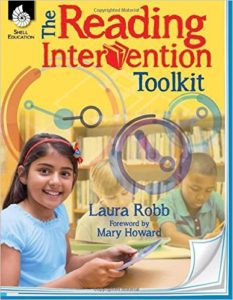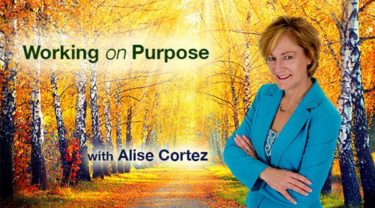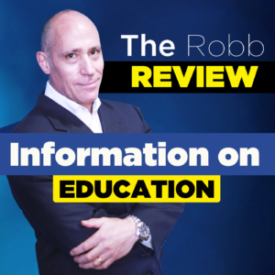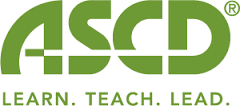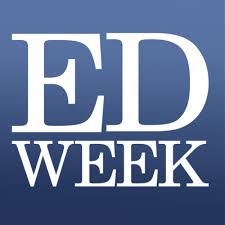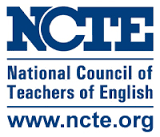Independent Reading Always Matters
By Laura Robb
Most schools had twenty-four hours to close down. There wasn’t time to consider checking out books for students or ensuring each child had a computer or handheld device before leaving the building. During the sheltering-in period, no one could enter a school. Closed. For. Safety. The first goal: provide breakfasts and lunches for the children. Within a week, school leaders figure out how to make meals available to students from preparing and bagging them to notifying parents of pick up times and places.
Second goal: Teachers and school leaders collaborate to figure out how to use technology in ways most never envisioned—to develop and deliver meaningful and engaging lessons to students at home. Daily, these educators tap into their creativity and innovative thinking to create engaging teaching and learning experiences for students. School leaders offer support to their staff and repeatedly acknowledge the effort and dedication of teachers. Meeting change with courage, determination, grit, and thoughtful reflection is what educators do every day, but during this pandemic, they triple their efforts and work tirelessly to support children’s learning at home.
Often, articles in newspapers express worries over students losing the gains made in reading if they’re not learning in schools. There is one way to ensure that all students hold onto their gains in reading skill and achievement: twenty minutes of reading self-selected books every day. Yes! The research on daily independent reading indicates that if students continue independent reading at home, they can improve their reading skills.
In April 2000 the National Reading Panel publishes a report stating that they couldn’t endorse independent reading because the studies they review don’t meet scientific research standards. What a blow to classroom teachers who year after year observe that students with rich independent reading lives at school and home also develop large vocabularies, more background knowledge, and outperform peers who don’t’ read independently.
The good news is that Dr. S. J. Samuels and Dr. Yi-chen Wu respond to the National Reading Panel by completing a scientific study on independent reading in 2004. Both conclude that the more time students spend reading, the higher their achievement compared to a control group. Samuel’s and Wu’s scientific research corroborate the conclusions in Anderson’s, Wilson’s, and Fielding’s 1988 study (not considered scientific): a strong correlation exists between the amount of daily reading students complete and their reading achievement. Reading volume matters!
Perhaps, the best advice teachers can offer students and parents during remote learning is this: read 20-minutes every day and choose books that provide pleasure and enjoyment. By increasing reading mileage, learners not only improve reading skills, but they also develop a lifelong habit that benefits them in the fifteen ways that follow. Share this list with parents, so they understand why setting aside time at home for their children to read gives each child a lifelong gift.
15 Benefits of Independent Reading
- Refines students’ understanding of applying strategies, for during independent reading, students have multiple opportunities to practice what they learn during instructional reading.
- Develops an understanding of how diverse genres work as readers figure out the likenesses and differences among realistic, historical, and science fiction, fantasy, mystery, thrillers, biography, memoir, informational texts, etc.
- Enlarges background knowledge and deepens readers’ understanding of people as they get to know different characters.
- Builds vocabulary as students meet and understand words in diverse contexts. Independent reading, not vocabulary workbooks, is the best way to enlarge vocabulary because students meet words in the context of their reading.
- Teaches students how to self-select “good fit” books they can and want to read.
- Develops students’ agency and literary tastes. Choice builds agency and as students choose and dip into diverse genres and topics, they discover the types of books they enjoy.
- Strengthens reading stamina, their ability to focus on reading for 20-minutes to one hour.
- Improves silent reading. Through daily practice, students develop their in-the-head reading voice and learn to read in meaningful phrases.
- Develops reading fluency because of the practice that voluminous reading offers.
- Supports recall of information learners need as they read long texts that ask them to hold details presented in early chapters in their memory so they can access these later in the book.
- Improves reading rate through the practice that volume provides.
- Develops students’ imagination as they visualize settings, what characters and people look like, conflicts, decisions, problems, interactions, etc.
- Fosters the enjoyment of visual literacy when students read picture books and graphic texts.
- Creates empathy for others as students learn to step into the skin of characters and experience their lives.
- Transfers a passion for reading to students’ outside-of-school lives and develops the volume in reading students need to become proficient and advanced readers.
Make Access to the Finest Books Available During Remote Learning
At first, it can feel impossible to cultivate daily independent reading during remote learning, especially when families don’t have access to books from school’s media centers and classroom and community libraries. Some families have lots of books in their homes and enough money to purchase books online for their children. But there are large groups of children all over the country who don’t have access to books at home and whose parents don’t have extra dollars to purchase them. What follows are four suggestions for coping with this challenge, especially if remote learning continues when the 2020-2021 school year starts.
- Schools all over this country need funding for e-book libraries from federal state departments of education. It’s likely that students won’t return to school until there is a vaccine or medication that can cure COVID-19. Now is the time for schools to consider purchasing at least two e-book platforms so students can self-select books.
- Broadband needs to be up to speed so that all children can use the Internet and participate in remote learning.
- Every child who attends public school needs a computer or hand-held device because every child deserves equity and access to materials and teaching.
- School media specialists and teachers can create lists of stories, myths, poems, folk and fairy tales, and books that are in the public domain and offer students and parents age-appropriate choices.
Be a Change Maker
Now is the time for school leaders, teachers, and staff to collaborate to solve challenges for the upcoming school year. My hope is that this will be a nation-wide effort with a goal of ensuring that every child in this country has access to books and opportunities to self-select books, so they can develop a rich, independent reading life!
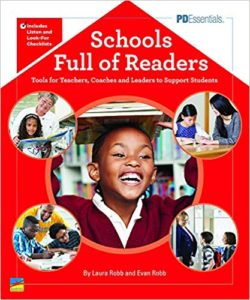
Follow Laura on Twitter @LRobbTeacher
Follow Evan onTwitter @ERobbPrincipal
Follow The Robb Review Facebook Page!
![]()

